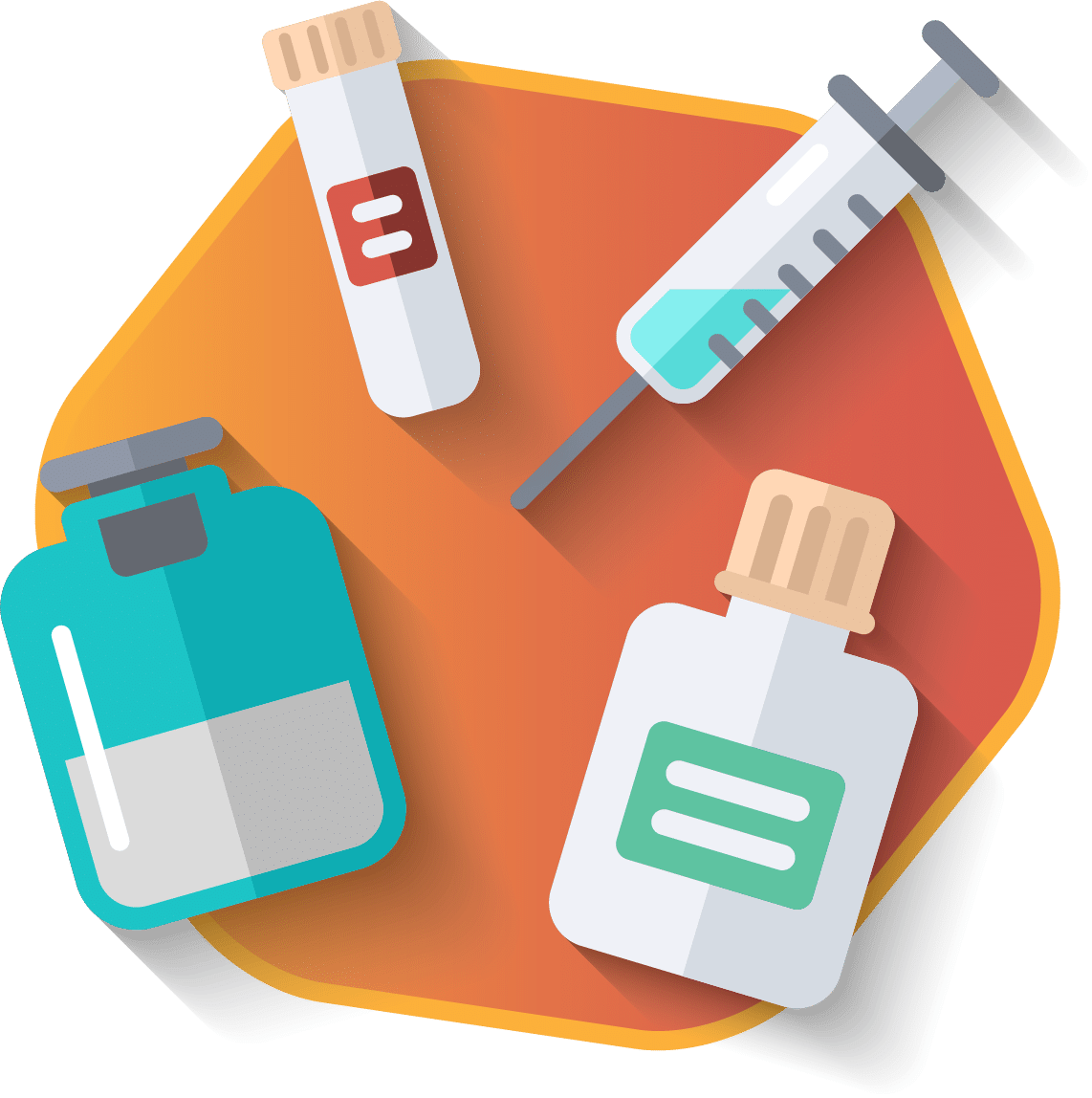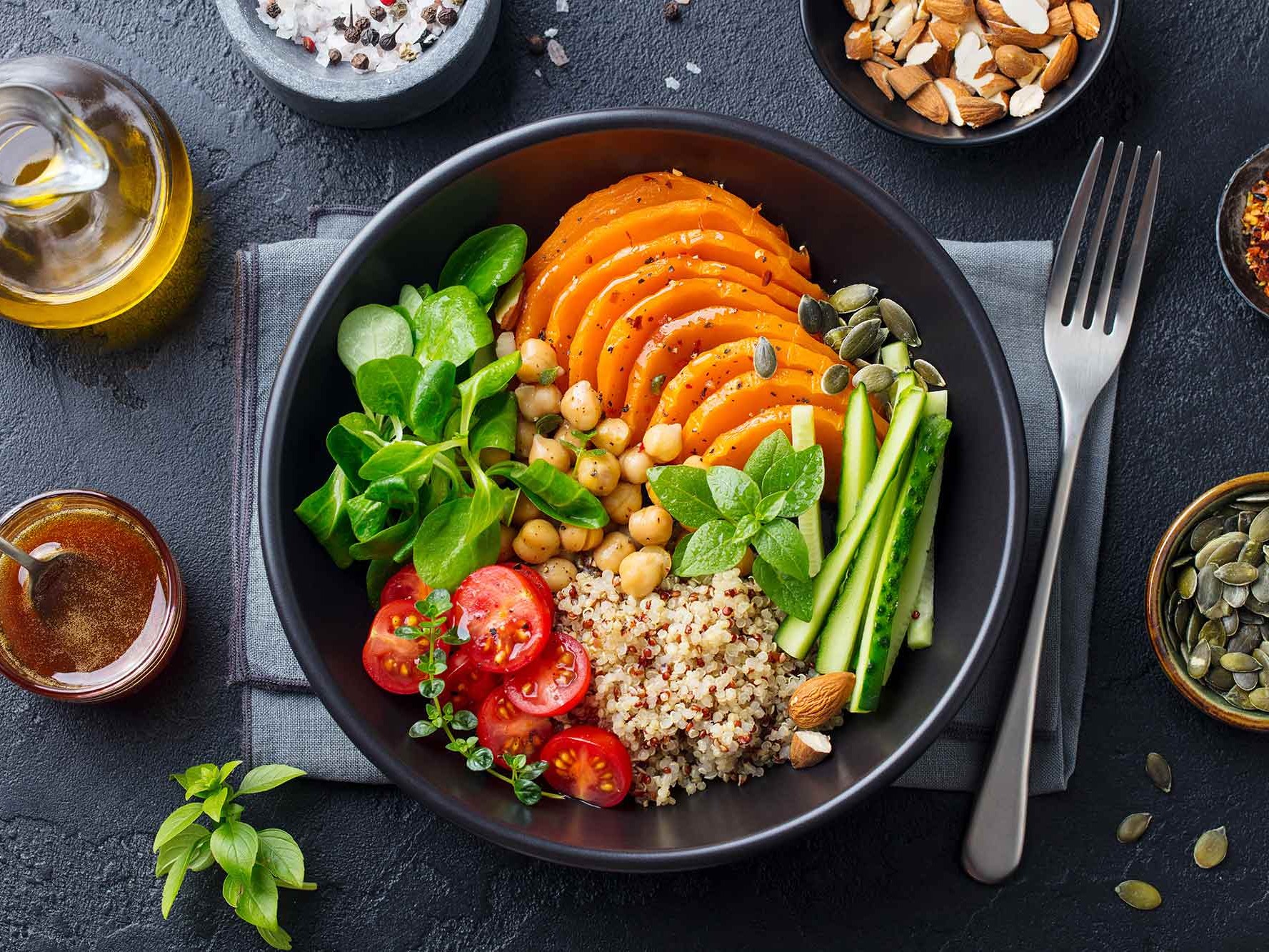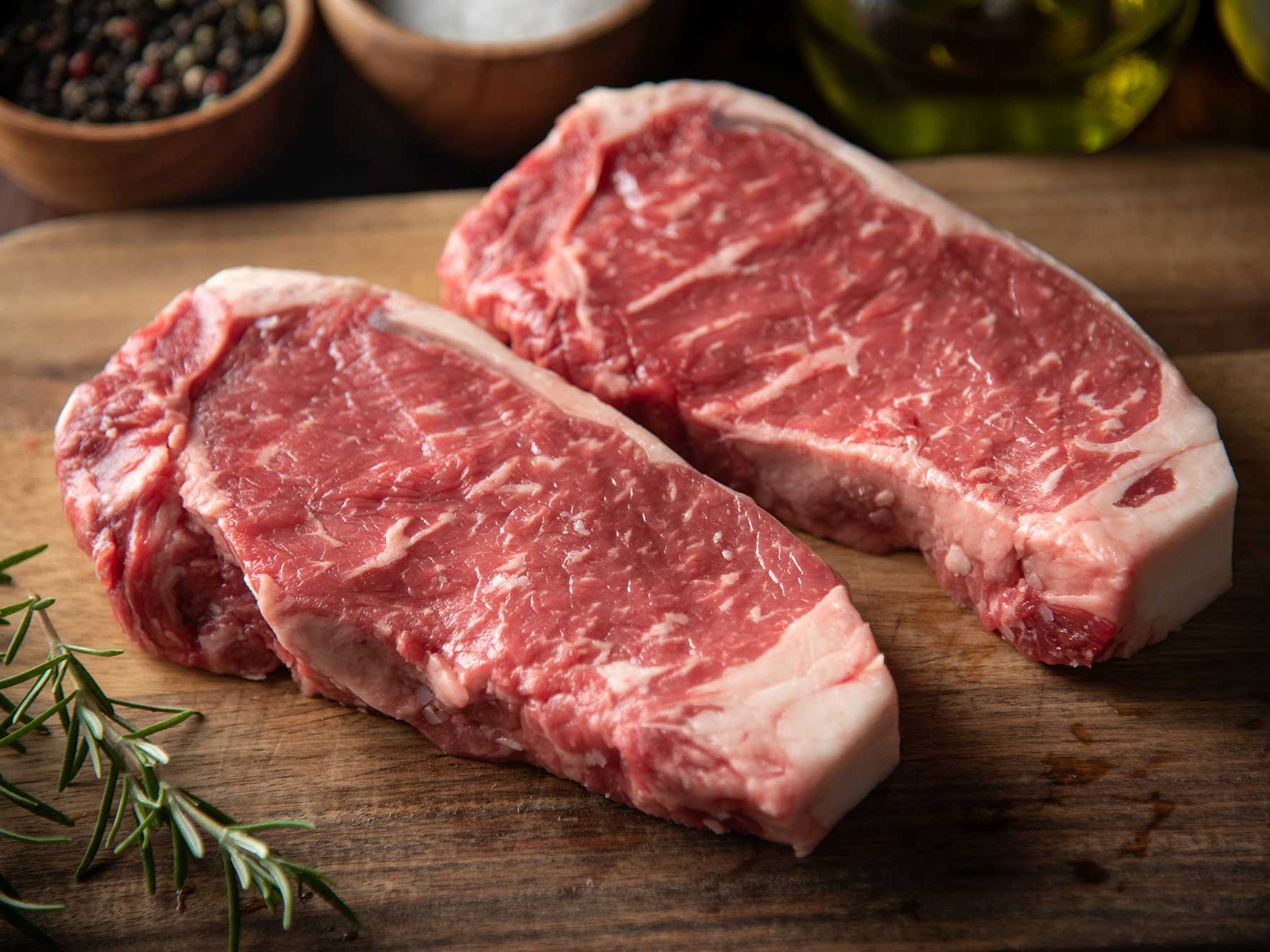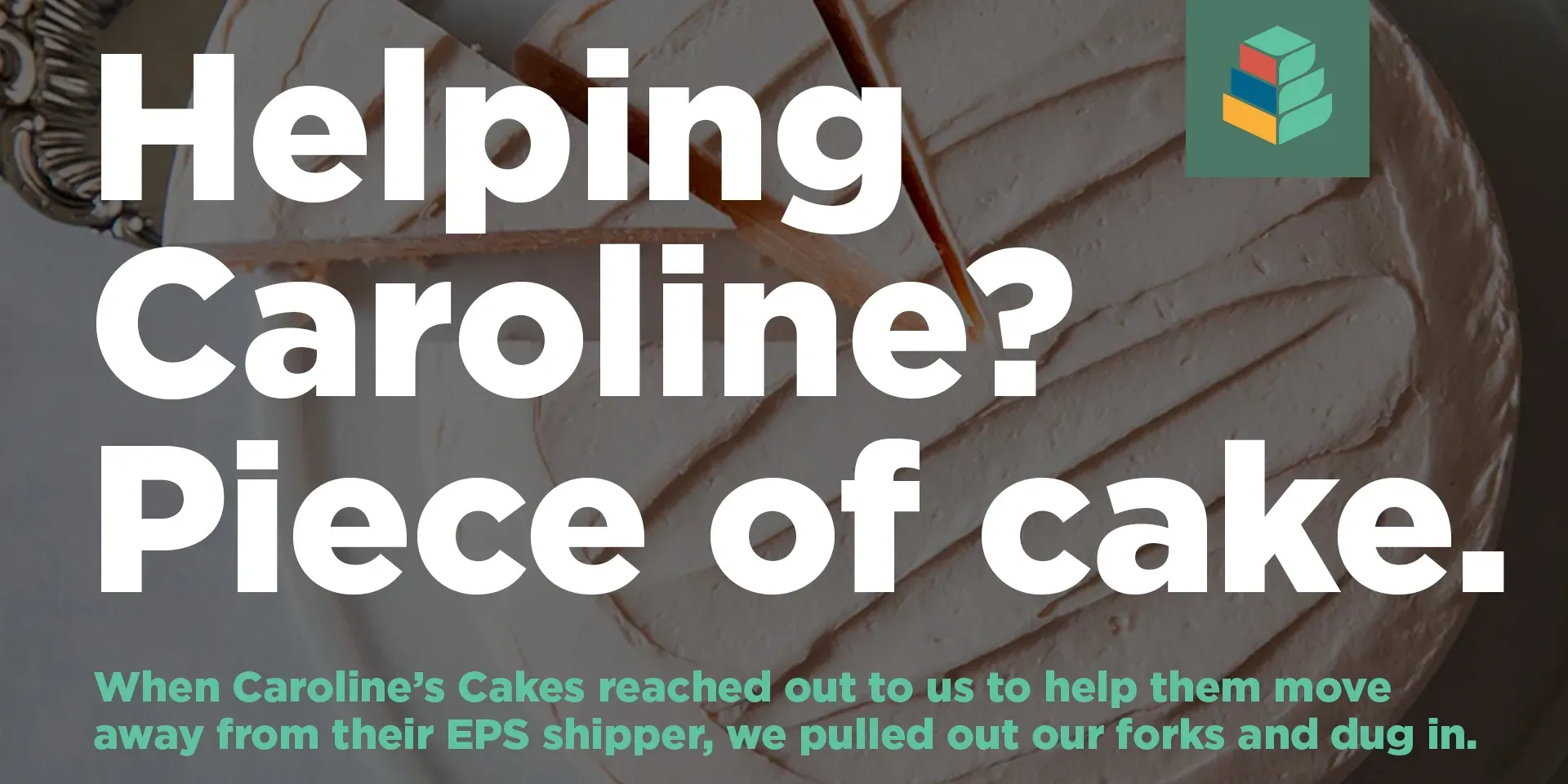From insulin treatments to meal kits, more temperature-sensitive shipments than ever are being shipped across the country to your door.
If those shipments get too hot (or too cold), they will lose potency or spoil and need to be discarded. These shipments require packaging materials designed to keep those items within their safe temperature range.
Understanding the safe temperature range for a product allows packaging engineers to design a custom pack-out with the right amount and arrangement of coolant and insulation to protect it.
Read on to learn more about the most common safe temperature ranges across life sciences and food.

Refrigerated
A common shipping temperature range is 2-8°C or 35.6-46.4°F.
Numerous vaccines and biologics are shipped in this range to extend shelf life and prevent damage to the active ingredients. Often these treatments include proteins, and refrigeration keeps them “alive.”
2-8°C is the most difficult shipping profile to maintain. Getting too cold or too hot will cause the treatments to lose potency. Freezing can cause proteins to break apart, and excess heat will harm them as well.
Some common medical treatments that require refrigeration are insulin, vaccines, Humira®, and some diagnostic tests.
CRT
The second most common temperature range for medicine is called “controlled room temperature” (CRT). 33% of all medicine shipped in the US and EU falls within this range.
Inside of the CRT, there are many different ranges of temperature control. However, most of them fall between 2°C (35.6°F) and 40°C (104°F).
When the life science industry is qualifying shipping solutions, the mean kinetic temperature (MKT) of the product is commonly used as part of the acceptance criteria. The MKT allows for temperature excursions while still maintaining drug efficacy.
Often treatments in this range take the form of solid pills, such as vitamins and acetaminophen. While these pills are stable across a broad temperature range, they aren’t impervious to harm from heat and cold. Freezing the pills or overheating them can cause them to explode (especially gels), melt, or lose potency.


Frozen
While many protein-based treatments cannot be frozen, many cellular treatments require frozen or even deep-frozen conditions in order to stabilize the formulation. When a treatment is frozen or deep frozen, it will be thawed and given to a patient within a very specific window of time when the treatment is activated.
Frozen is the broadest temperature range within cold chain shipments. Here are more details about the different classes of frozen treatments:
Depending on the product, less than or equal to -20°C (-4°F) is relatively common and includes API, or Active Pharmaceutical Ingredient, the starter material for many biologic formulations.
There are also certain life science products that require deep frozen temperatures, such as less than or equal to -85°C (-121°F). For example, plasma is one such product.
Finally, the coldest temperature range is less than or equal to -135°C (-211°F). This is known as a cryogenic and is typically used for cellular or gene therapies. The extremely cold temperatures will suspend activity in the cells to maintain integrity.
Food
Even though the food industry is not as regulated as much as the life science industry, the laws of thermodynamics still apply. Proteins can be spoiled by too much heat (and so can produce), and in some cases it’s possible to freeze items that aren’t meant to be frozen. Many of the same rules and temperature ranges from life sciences apply to food as well.
Most fresh meals and meal kit suppliers need to maintain a temperature less than or equal to 5°C (41°F). Interestingly, this temperature falls right in the middle of the most common life science range of 2-8°C. In addition to fresh produce, many types of proteins are also shipped with temperature control devices.
Below 0°C (32°F) is typical for frozen steaks, seafood, and plant-based proteins.
Desserts and specialty items can require different temperatures depending on the product.
Products like specialty cheesecakes can require temperatures below 0°C, while ice cream needs even colder temperature control by maintaining a temperature less than or equal to -17.8°C (0°F).
Keeping Shipments Safe at Any Temperature Range
Depending on the required temperature range and the duration of shipment, food and life science companies use either dry ice or gel packs as coolants, along with insulation. From a sustainability and business standpoint, the goal is to use enough coolant and insulation to ensure 100% protection of the shipment, but not use more coolant or packaging material than necessary. For a deeper look at the science of thermal shipment, check out this primer on cold chain shipments.
TemperPack
When it comes to maintaining specific temperatures during transit, it’s important to carefully consider your packaging options. At TemperPack, we manufacture and sell sustainable and cost-effective temperature-controlled packaging that will help ensure your shipments remain at their ideal temperatures. Contact us for more information.
Travis Hunter
Travis Hunter graduated from Penn State Erie with a degree in Plastics Engineering Technology and has worked in the plastics industry for the previous fifteen years. During that time, he has acquired over ten patents for the design and functionality of plastic containers. As a former Senior Design Engineer at Graham Packaging Company and a Packaging Program Manager at Adept Packaging, Travis has designed, analyzed, and qualified packaging for the Automotive, Food and Life Sciences industries. Today, he manages one of eight ISTA Certified Thermal Test labs in the US at TemperPack were he designs, tests, and qualifies sustainable insulation for the cold chain shipping industry. Travis has been a valued team member at TemperPack since 2019, developing and implementing thermal modeling capabilities as well as assisting in company growth opportunities in the Food and Life Sciences Industries.
February 1, 2024
Cytiva and TemperPack: Pioneering Biotech’s Sustainable Packaging Revolution
In the biopharma industry, bold thinking and rigorous precision are needed to create new innovations for a healthier society. Cytiva is leading the field by forging a path towards…
January 4, 2024
Caroline’s Cakes and TemperPack: A Recipe for Sustainability
Caroline's Cakes, a staple in the Southern culinary scene, celebrated by Oprah, and Stephen Colbert, has partnered with TemperPack to reduce its environmental impact and improve…











